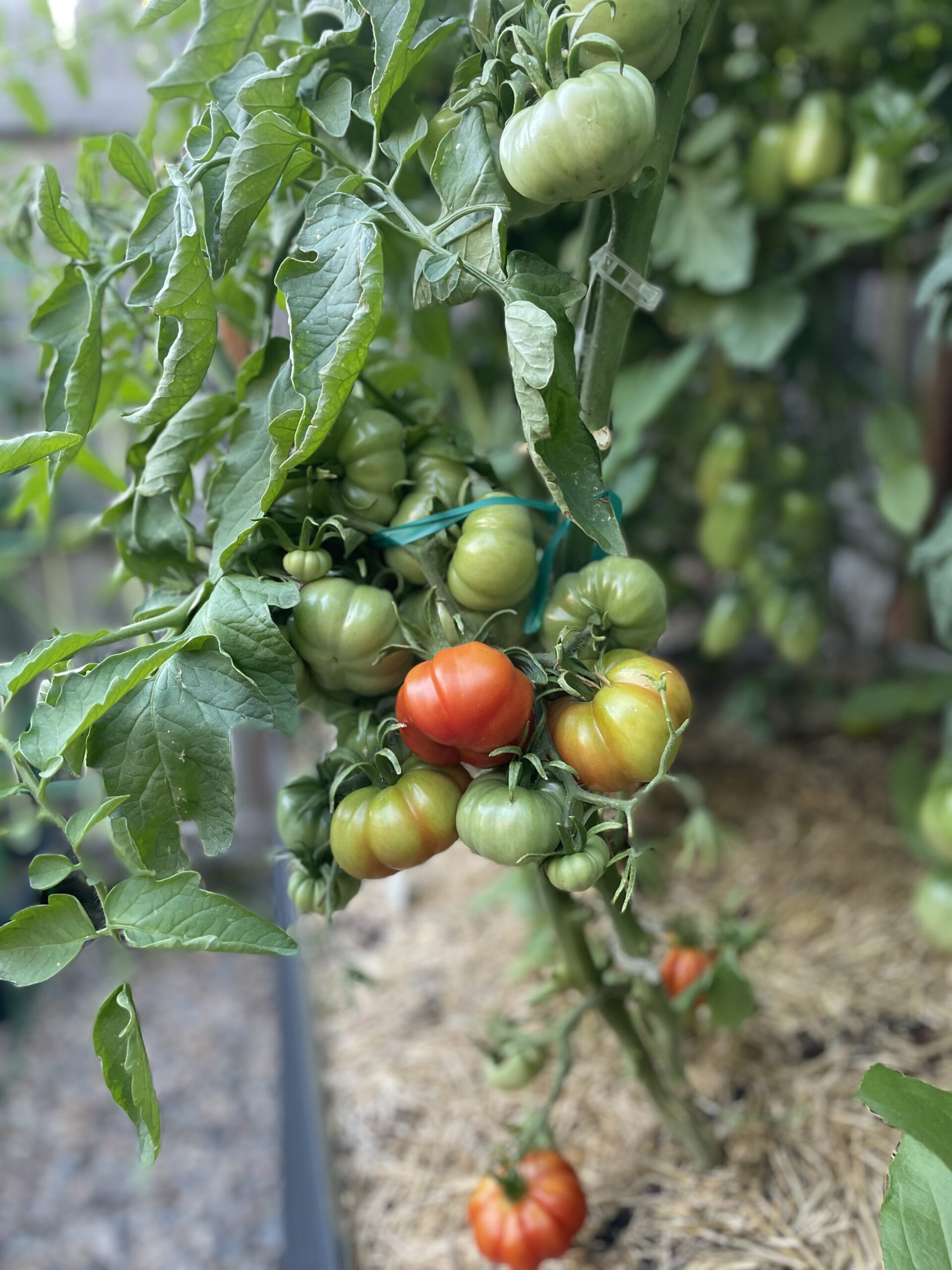
Hey all! Real Farmer Jeff here.
There’s significant confusion surrounding the following three plant classifications:
- Heirloom
- Hybrid
- GMO
Let’s dive into what sets heirloom, hybrid, and GMO plants apart and how it could affect your garden.
Be sure to follow me on Instagram to stay up to date on my garden. Let’s get started!
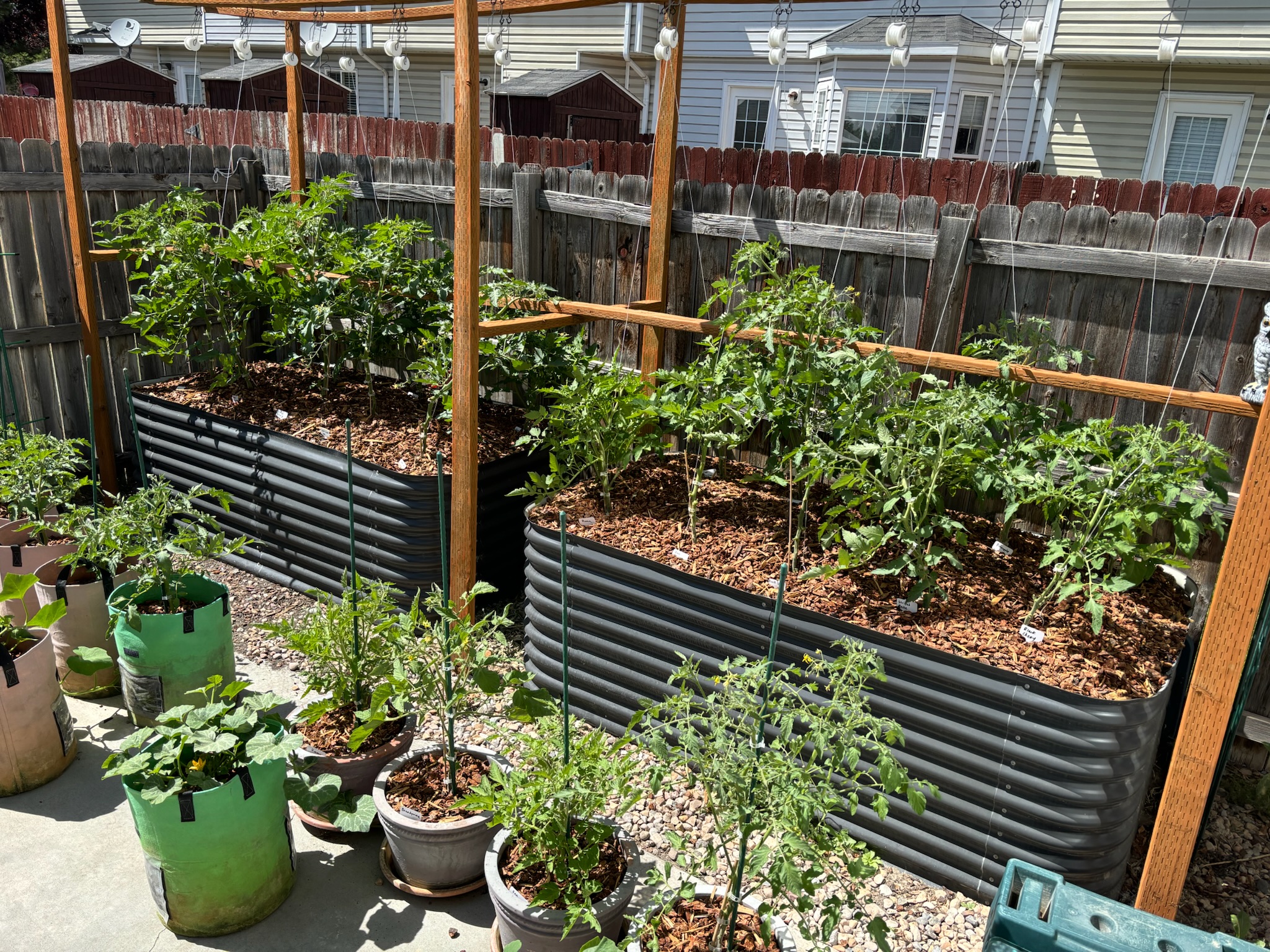
Table of Contents:
1. Heirloom
What are Heirloom Seeds?
Heirloom seeds come from plant varieties that have been passed down for at least 50 years and are open-pollinated, meaning they reproduce naturally through wind, insects, or self-pollination. Here are some of their main characteristics:
- True-to-type when saved and replanted.
- Typically bred for flavor, color, or resilience rather than commercial productivity.
- Often grown in home gardens or small farms.
- High genetic diversity, helping with disease resistance.
Popular Heirloom Plants:
- Tomatoes: Brandywine, Cherokee Purple, Black Krim
- Peppers: Jimmy Nardello’s Sweet Pepper, Fish Pepper
- Lettuce: Buttercrunch, Black-Seeded Simpson
- Beans: Kentucky Wonder, Blue Lake Pole Bean
- Squash: Blue Hubbard, Delicata, Pattypan
- Melons: Moon and Stars Watermelon, Hale’s Best Cantaloupe

2. Hybrid
What are Hybrid Seeds?
Hybrid seeds are created by cross-breeding two different plant varieties to produce offspring with specific desirable traits (e.g., higher yield, disease resistance, or uniform size). Here are some of its main characteristics:
- The first-generation hybrid (F1) typically has improved traits like higher productivity or disease resistance.
- Seeds saved from hybrids often do not produce true-to-type offspring.
- Commonly used in commercial farming to maximize yield and efficiency.
Popular Hybrid Plants:
- Tomatoes: Sungold (sweet cherry tomato), Big Boy, Early Girl
- Peppers: California Wonder, Red Knight
- Corn: Silver Queen, Honey Select (sweet corn)
- Cucumbers: Burpless, Diva
- Pumpkins: Howden, Autumn Gold
- Carrots: Napoli, Mokum

3. GMO (Genetically Modified Organism)
What are GMO Seeds?
GMO seeds are created in a laboratory using genetic engineering, where specific genes from another species (bacteria, plants, or animals) are inserted into the plant’s DNA to introduce desired traits, such as pest resistance or herbicide tolerance. Perhaps most importantly for this blog post, there are no GMO plants sold to gardeners or in garden centers. They are only sold to commercial farmers. This is in large part because seed companies want to protect their GMO technology. Here are GMO seeds’ main characteristics:
- Can have traits not naturally found in the species (e.g., pest resistance, herbicide tolerance).
- Often designed for large-scale industrial agriculture.
- Subject to strict regulations and patents, meaning farmers typically cannot save the seeds.
Popular GMO Plants:
- Corn: Bt Corn (pest-resistant), Roundup Ready Corn
- Soybeans: Roundup Ready Soybeans
- Canola: Herbicide-resistant Canola
- Alfalfa: Roundup Ready Alfalfa (for livestock feed)
- Apples: Arctic Apple (genetically modified to resist browning)
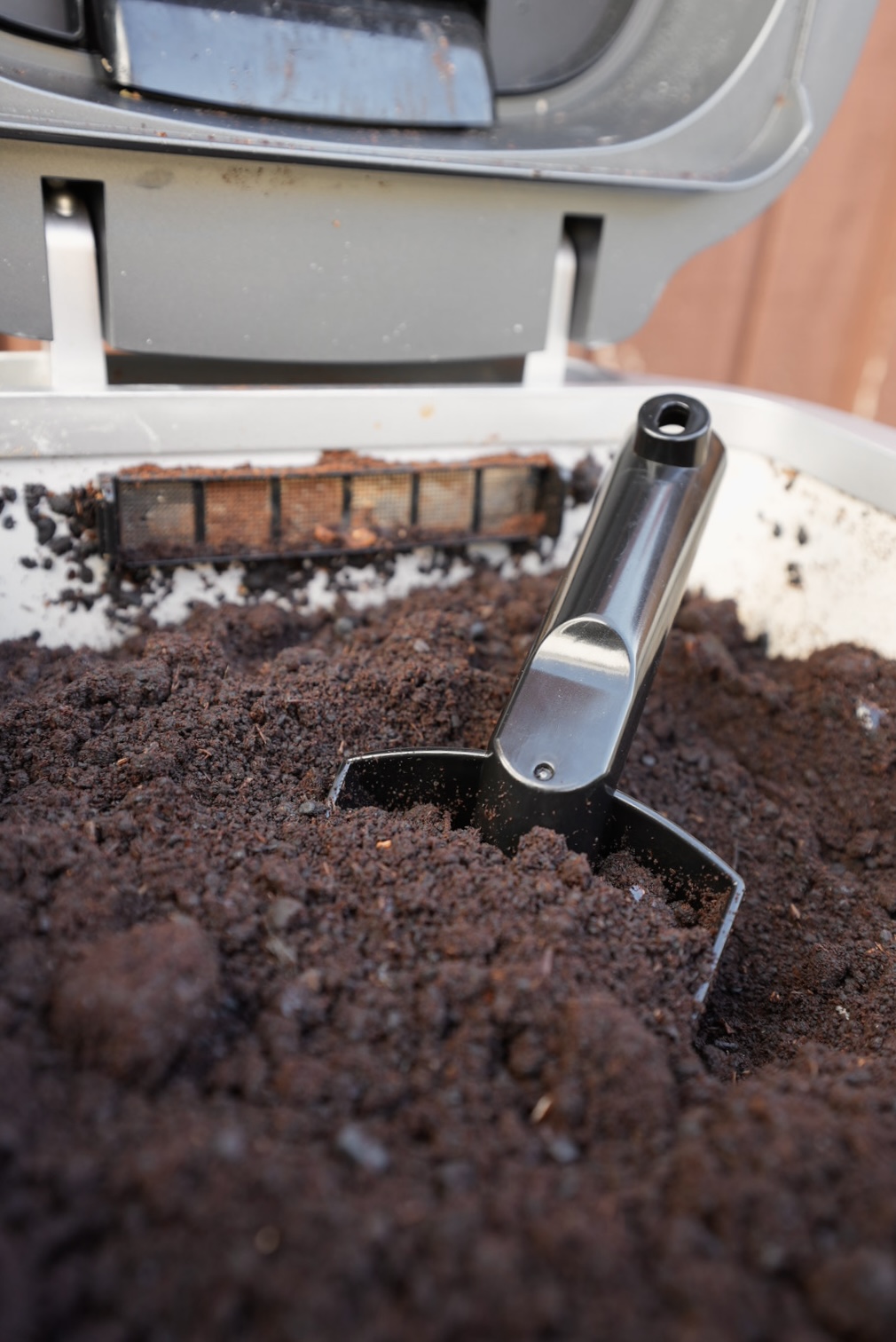
Controversy Surrounding GMO Seeds
GMO seeds have been a topic of significant debate due to various concerns and benefits.
Arguments in Favor of GMOs:
- Higher Yields – GMO crops are often engineered for higher productivity, helping to feed growing populations.
- Pest and Disease Resistance – Some GMOs (like Bt corn) produce their own insecticides, reducing pesticide use.
- Herbicide Resistance – Crops engineered to withstand herbicides allow farmers to control weeds more effectively.
- Drought and Climate Resistance – Some GMOs are designed to tolerate extreme weather conditions.
- Nutritional Enhancement – Certain GMOs (e.g., Golden Rice) are fortified with nutrients to address deficiencies in developing countries.

Concerns About GMOs:
- Health Concerns – Some worry about potential long-term health effects of consuming GMOs.
- Environmental Impact – GMO crops resistant to herbicides may encourage overuse of chemicals, leading to resistant “superweeds.”
- Loss of Biodiversity – Widespread use of GMO monocultures may reduce genetic diversity, making crops more vulnerable to pests and diseases.
- Corporate Control & Patents – GMO seeds are patented, meaning farmers must buy new seeds each year instead of saving them, increasing dependency on biotech companies.
- Unintended Cross-Pollination – Pollen from GMO crops can spread to non-GMO or organic farms, causing potential contamination.
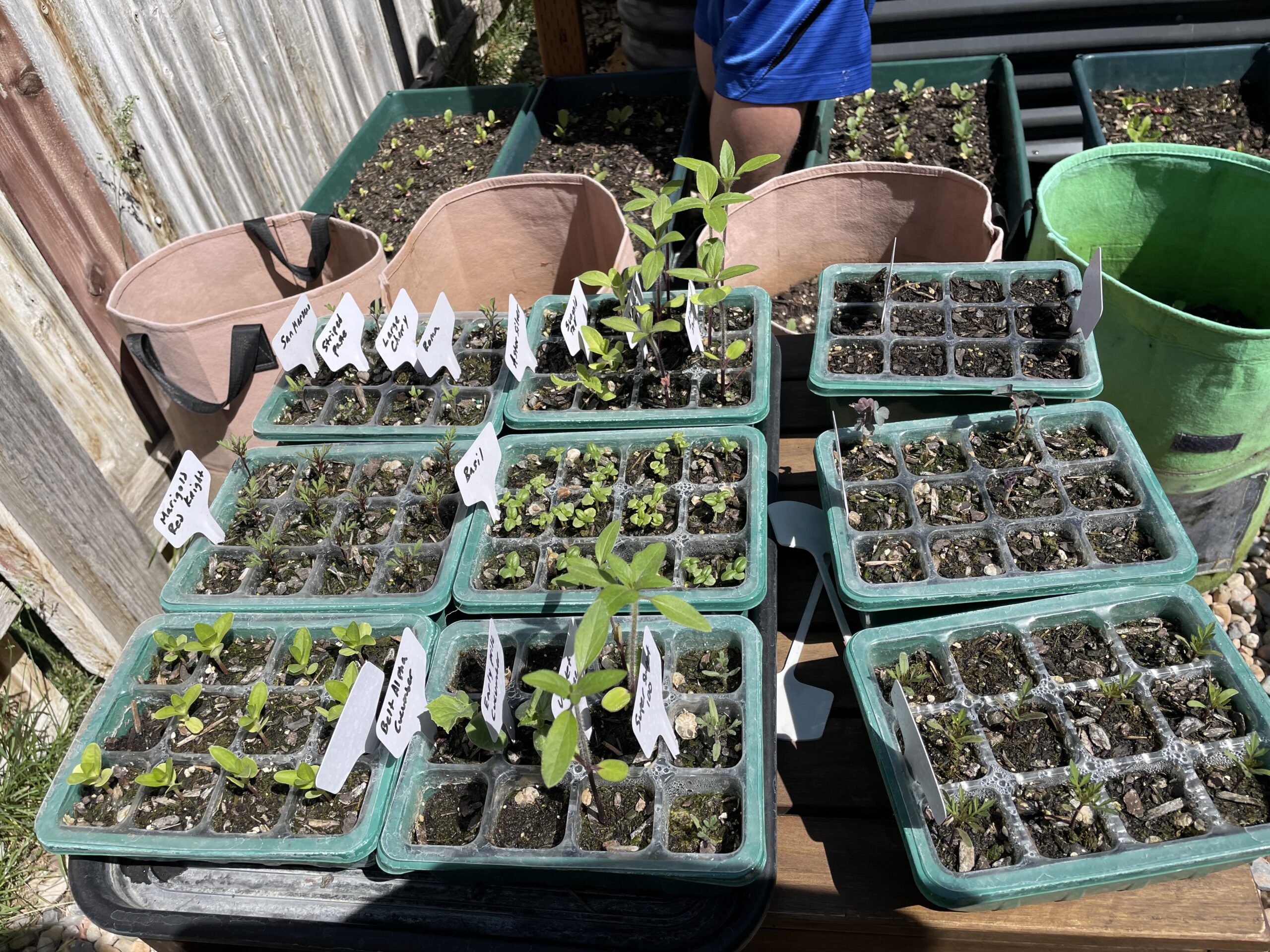
General Overview: Key Differences at a Glance

Conclusion
Each type of seed has its own unique benefits—whether it’s the rich history and flavor of heirlooms, the disease resistance and consistency of hybrids, or the potential innovation of GMOs.
By knowing these classifications, you can select the right variety to suit your needs, ensuring a delicious and rewarding gardening experience.
Thanks for reading along, guys! If you enjoyed this, check out my other gardening blog posts:
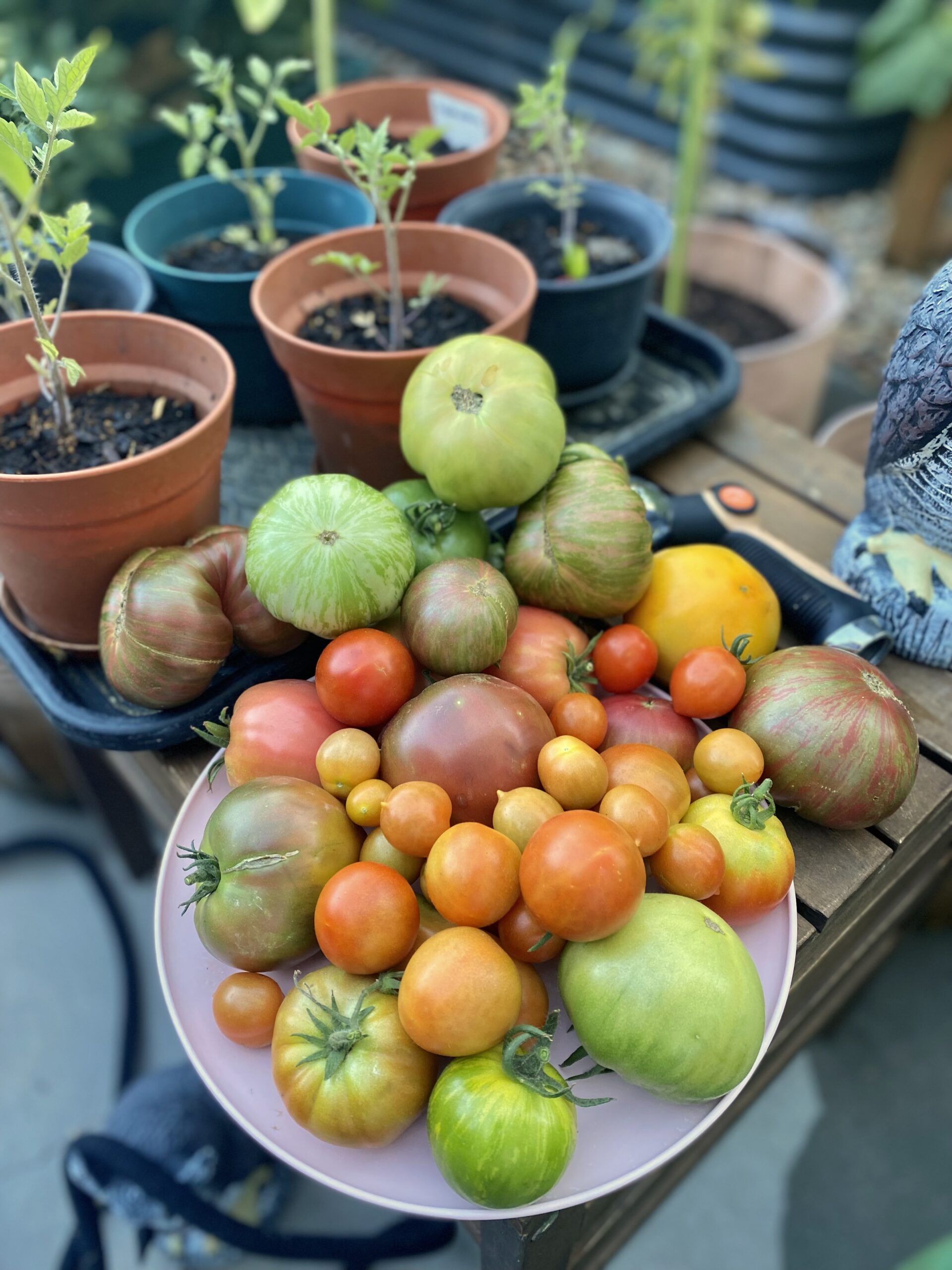




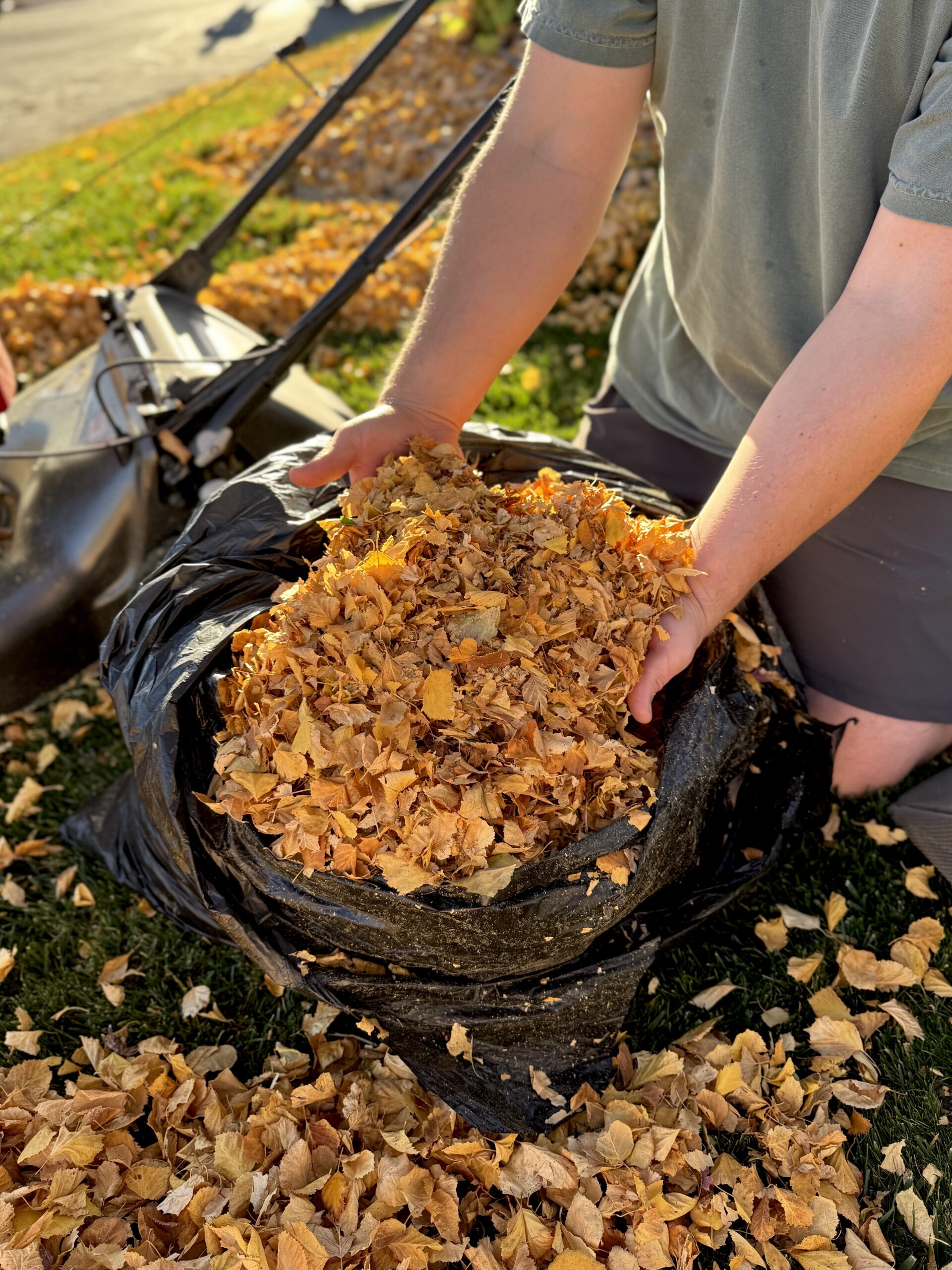
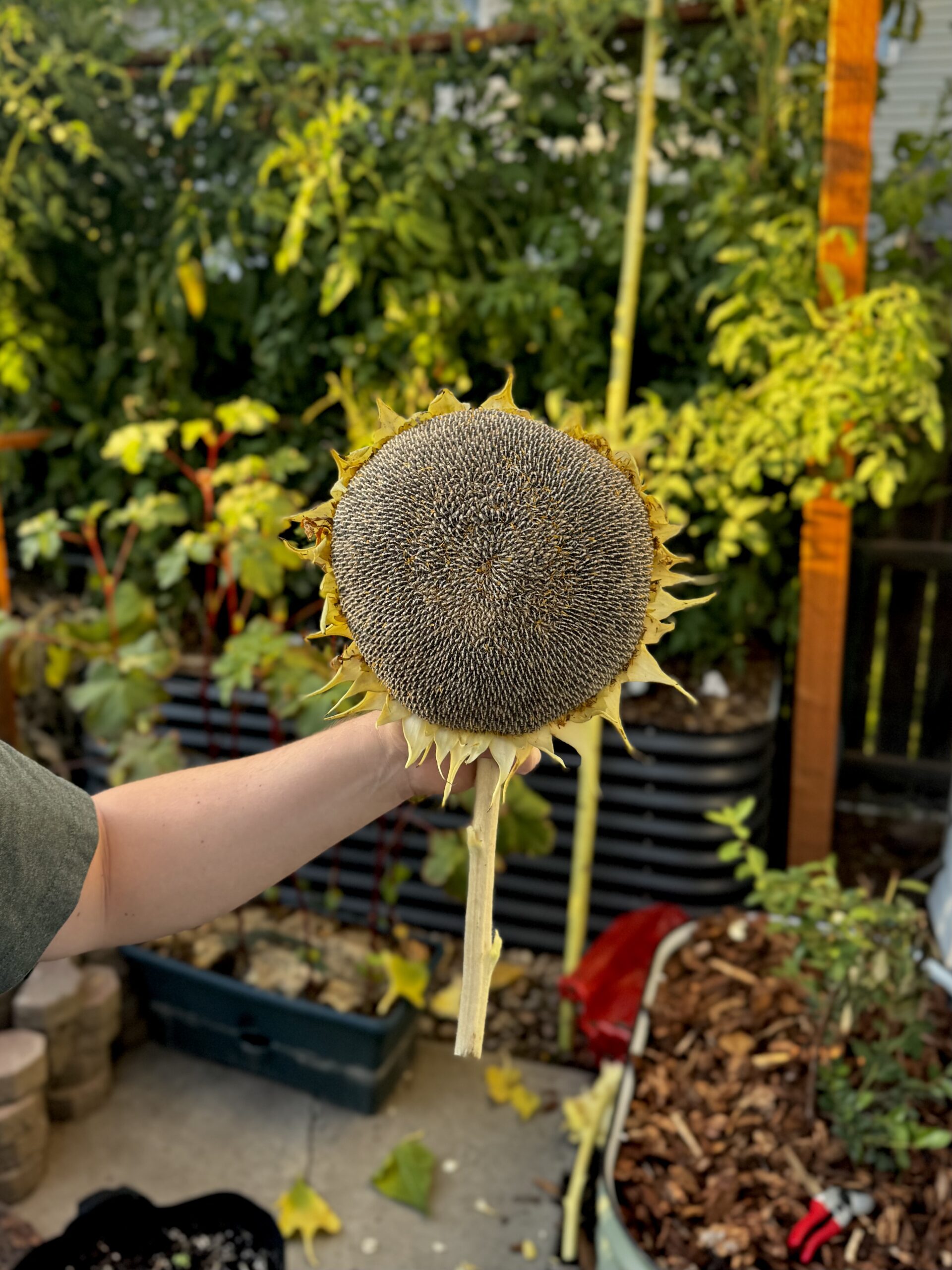
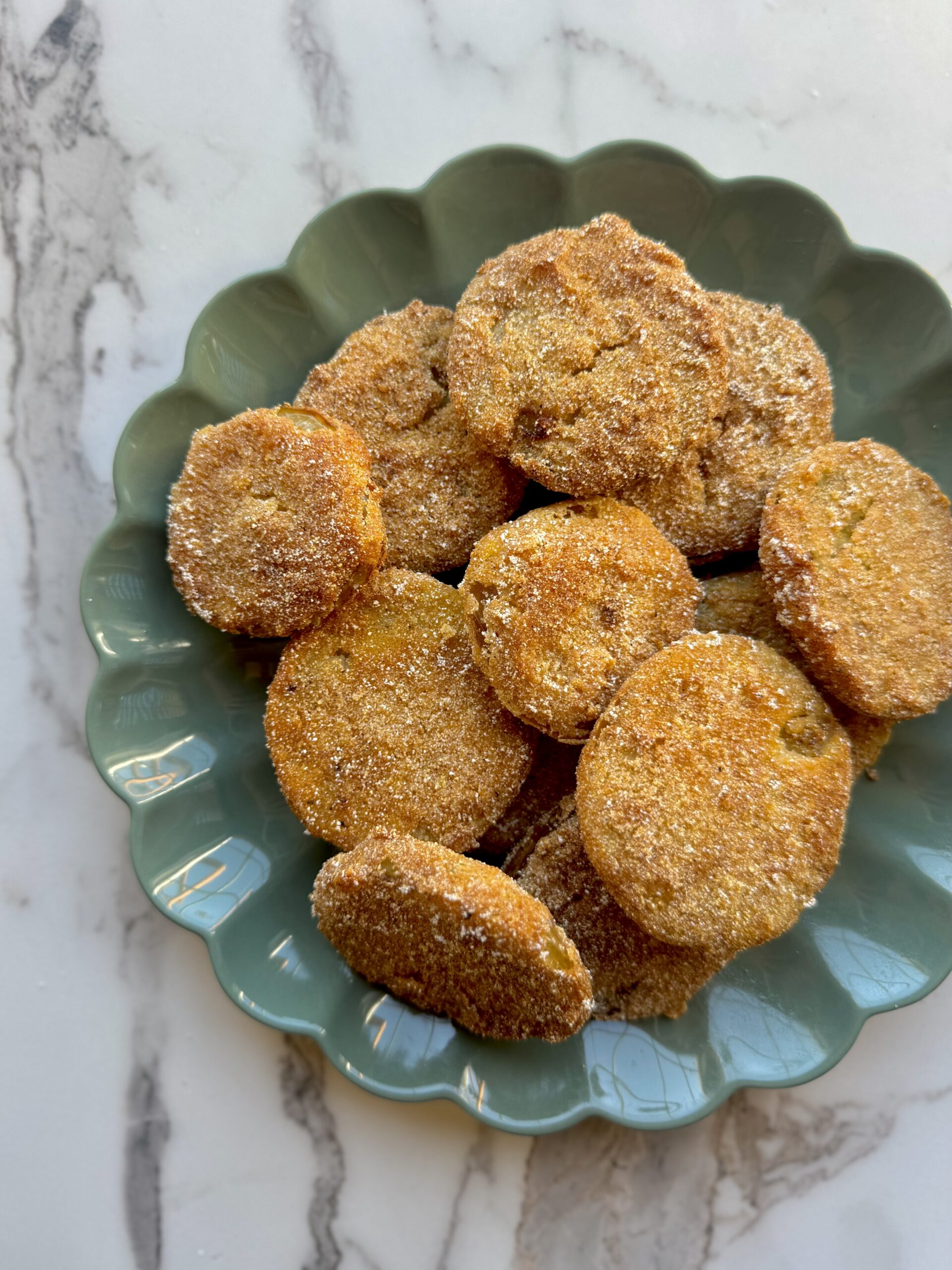
Technically heirlooms are GMOs over many years, but crazy how science can make quick GMOs
Super clear breakdown of the differences!